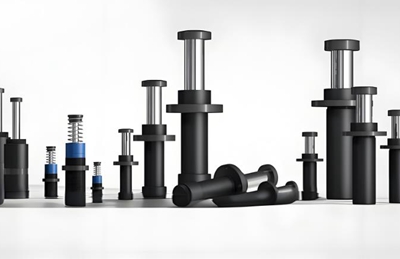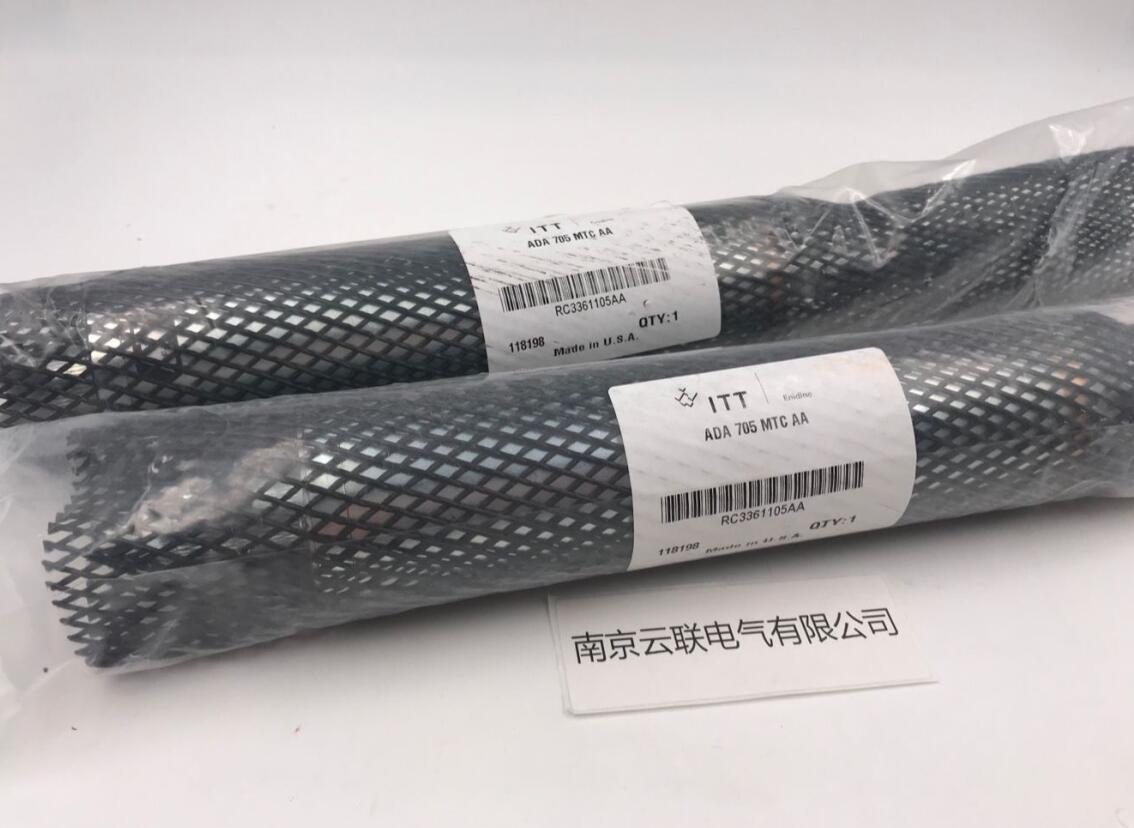
Telephone
025-52791167,52791168
13390905858
13390905858

Hydraulic buffer and oil pressure buffer
Hydraulic buffer and hydraulic buffer are the same thing, just called differently. Their working principle relies on hydraulic damping to buffer and decelerate objects acting on them until they come to a stop, providing a certain degree of protection. Suitable for mechanical equipment such as lifting and transportation, elevators, metallurgy, port machinery, railway vehicles, etc. Its function is to prevent mechanical damage caused by hard collisions during operation as a safety buffer device.
Hydraulic buffer (hydraulic buffer) can reduce vibration and noise in automated mechanical operations, convert the kinetic energy generated by moving objects into heat energy and release it into the atmosphere, and effectively stop the object balance during movement. It can eliminate non mechanical vibrations and collision damage, significantly reduce noise, provide a quiet working environment, accelerate mechanical operation frequency, increase production capacity, efficiently produce high-quality products, extend mechanical life, and reduce after-sales service.
Its main structure includes the body, axis, bearings, inner tube, piston, hydraulic shaft, spring, etc. When the axis is impacted by external forces, it will drive the piston to compress the hydraulic oil in the inner tube. After the hydraulic oil is compressed, it will be discharged one by one through the oil discharge holes in the inner tube. At the same time, the hydraulic oil discharged from the inner tube will also flow back to the inner tube through the oil return hole in the inner tube; When the external force disappears, the spring will bounce the piston back to its starting point and wait for the next action.
In some situations, proper installation and use of hydraulic buffers can effectively reduce vibration. For example, in an elevator system, hydraulic buffers can be installed at the bottom of the elevator car and shaft. When the elevator car rapidly descends or stops, the buffers can reduce the impact force, minimize vibration, and make the elevator run more smoothly; In large equipment such as cranes and port machinery, hydraulic buffers can be installed at critical moving parts to absorb vibrations and impacts during equipment operation, reducing equipment wear and noise.

telephone:025-52791167,52791168
Fax:025-52791169
Phone :13390905858
mailbox:njxj888@163.com skype:yluedq
Address:Jiangning Shuanglong Avenue No.1222 Nanjing, Jiangsu. China P.O. 211100